Creating a custom bench cushion can transform an uncomfortable wooden bench into your favorite seating spot. Whether for a window seat, dining bench, or outdoor furniture, a DIY bench cushion adds both comfort and style to your space. This tutorial will walk you through the process of making a professional-looking custom cushion perfectly fitted to your unique bench.

Short on time or tools? Skip the DIY hassle and order a professional bench cushion made to your exact specifications. At Rulaer, we specialize in creating custom cushions with premium materials and expert craftsmanship.
Shop Custom Bench CushionsMaterials You Will Need
Taking Accurate Measurements

The foundation of a perfect custom bench cushion lies in accurate measurements. Poorly measured dimensions can result in cushions that don't fit properly, slide around, or look unprofessional.
Using your measuring tape, determine the length and width of your bench surface. For irregularly shaped benches, measure at the widest and longest points. Add 1/2 inch to each dimension to ensure your cushion fits comfortably.
Decide how thick you want your cushion to be. Standard bench cushions range from 2-4 inches thick. For dining benches, 2 inches is typically comfortable while allowing people to sit at proper table height. For reading nooks or leisure seating, 3-4 inches provides more comfort.
Note any special features like rounded corners, cutouts for arms, or ties to secure the cushion. Measure and sketch these details accurately for a professional finish.
Measurement Tip: Remember the phrase "measure twice, cut once." Double-check all measurements before purchasing materials or cutting fabric, as errors can be costly and time-consuming to fix.
Selecting the Right Materials
The durability and comfort of your bench cushion depend largely on the materials you choose. Here's what to consider when selecting foam and fabric:
Foam Options
- High-density foam: Most durable option that maintains shape over time, ideal for daily use
- Medium-density foam: Good balance of comfort and support, suitable for most projects
- Memory foam: Offers superior comfort but more expensive and can retain heat
- Outdoor foam: Specially treated to resist moisture and mildew, essential for outdoor cushions
Fabric Selection
Your fabric choice impacts both aesthetics and performance:
- Cotton: Comfortable but less durable for high-traffic areas
- Polyester blends: Durable and fade-resistant
- Canvas: Sturdy and versatile
- Outdoor fabrics: Weather and UV resistant, ideal for patios and porches
- Velvet or microfiber: Luxurious feel for indoor benches

Cutting and Preparing Materials
Using a sharp utility knife or electric knife, cut your foam to the dimensions you measured. For cleaner cuts, compress the foam slightly with a straight edge and cut along that edge. Work on a large, flat surface for best results.
Cut a piece of polyester batting that's 2 inches larger than your foam on all sides. This creates a soft wrapper that gives your cushion a professional, rounded look and protects the foam.
Cut your upholstery fabric to create a cover for your foam and batting. You'll need:
- Top piece: Width + Height + 1" × Length + Height + 1"
- Bottom piece: Width + 1" × Length + 1"
- Side strip (optional): (Width + Length) × 2 + 4" × Height + 1/2"

Sewing Your Cushion Cover
Center your foam on the batting, then wrap the batting over the foam, securing it temporarily with straight pins or spray adhesive. This creates a smooth, rounded edge.
For a basic cushion, fold your fabric in half (right sides together) and sew along three sides, leaving one short end open. For box cushions with more defined edges, sew the side strip to the top piece first, then attach the bottom piece, leaving an opening for inserting the foam.
For removable, washable covers, install a zipper along one side. Centered zippers work well for box cushions, while invisible zippers give a clean finish for simpler designs.
Turn your cover right side out, carefully insert the batting-wrapped foam, and close the opening with a hidden stitch or by completing the zipper installation.
Pro Tip: Compress large foam pieces by temporarily wrapping them with plastic wrap before inserting into the cover. Once inside, cut the plastic to allow the foam to expand into the cover.
Adding Professional Finishing Touches
For a classic look, add tufting by using upholstery buttons and strong thread to create depressions in the cushion at regular intervals. This adds visual interest and helps keep the filling in place.
To keep your cushion from sliding, add corner ties or strips of velcro that can secure it to the bench. For ties, cut four 12-inch strips of ribbon or fabric tape and sew them to the corners of the bottom side.
Spray your finished cushion with fabric protector to guard against stains and spills, especially important for dining benches or households with children and pets.
Benefits of DIY Bench Cushions
- Perfectly customized to your space
- Cost savings over store-bought options
- Freedom to choose any fabric and thickness
- Satisfaction of creating something yourself
Challenges to Consider
- Requires basic sewing skills
- Time-intensive project (3-5 hours)
- Specialized materials may be needed
- Professional results require attention to detail

Skip the fabric cutting and sewing machine setup. At Rulaer, we specialize in creating custom bench cushions to your exact specifications, using premium materials and expert craftsmanship.
Order Custom Bench CushionsTroubleshooting Common Issues
If your cover is difficult to fit over the foam, your measurements may have been too exact. For future projects, add an extra 1/2 inch to your dimensions. For the current project, you can trim the foam slightly or let it compress over time.
Add non-slip shelf liner between the bench and cushion, or sew ties/velcro to secure it in place. For wooden benches, small adhesive-backed velcro patches work well.
Boxy corners require special treatment. Try clipping the corners of your fabric (without cutting into the seam) to reduce bulk, or learn the "mitered corner" technique for professional-looking box edges.
Caring for Your Custom Bench Cushion
Extend the life of your handmade cushion with proper care:
- Vacuum regularly to remove dust and debris
- Spot clean spills immediately with appropriate cleaners for your fabric
- Remove covers for washing when possible, following fabric care instructions
- Rotate cushions periodically for even wear
- Keep outdoor cushions protected from harsh weather when not in use
If creating a custom bench cushion seems overwhelming, remember that professional options are available. At Rulaer, we offer custom cushions for every type of bench, with expert craftsmanship and premium materials that ensure long-lasting comfort and style.
Explore Our Bench Cushions Creating your own custom bench cushion can be a rewarding project that enhances both the comfort and appearance of your space. With careful measurement, quality materials, and attention to detail, you can craft a professional-looking cushion tailored perfectly to your needs. Whether you choose to DIY or order from specialists like Rulaer, a custom bench cushion is a wonderful investment in your home's comfort and style.
Creating your own custom bench cushion can be a rewarding project that enhances both the comfort and appearance of your space. With careful measurement, quality materials, and attention to detail, you can craft a professional-looking cushion tailored perfectly to your needs. Whether you choose to DIY or order from specialists like Rulaer, a custom bench cushion is a wonderful investment in your home's comfort and style.


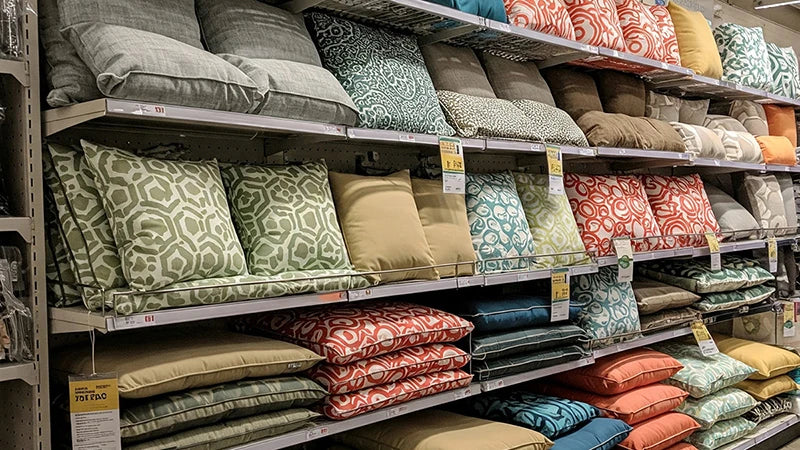
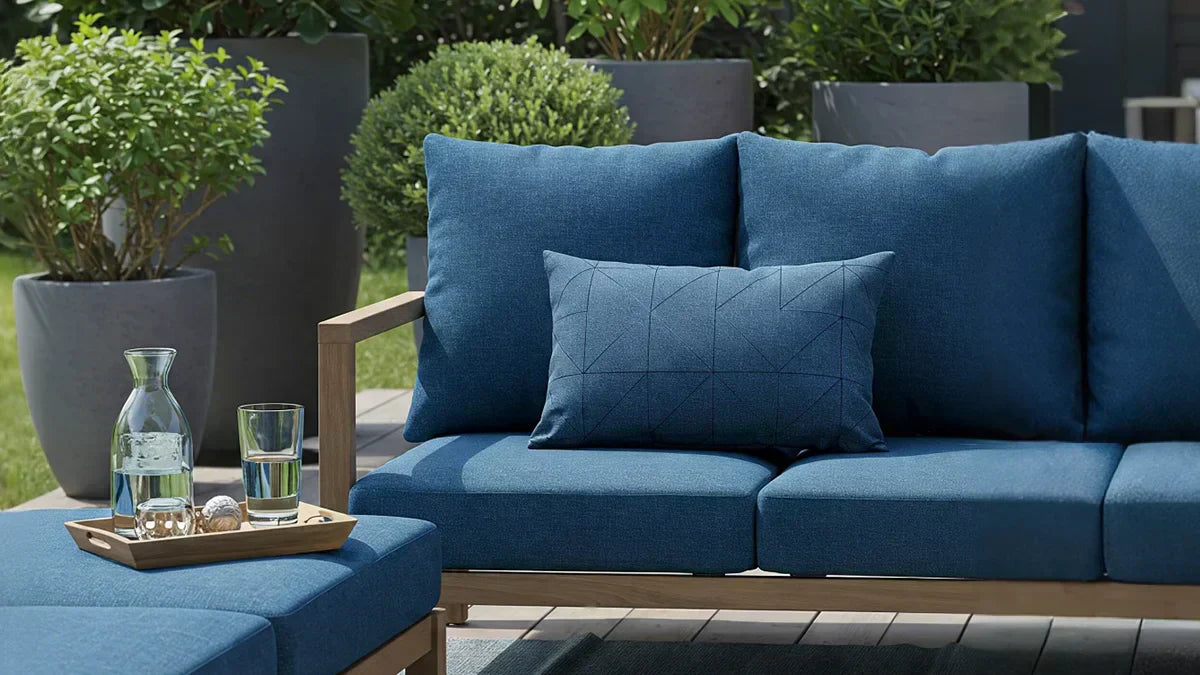
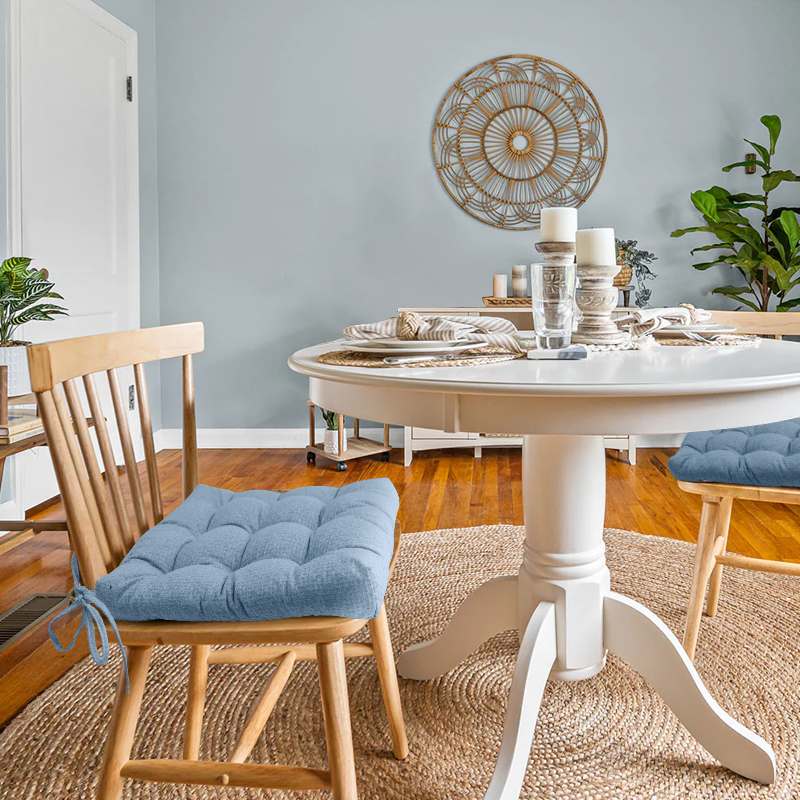
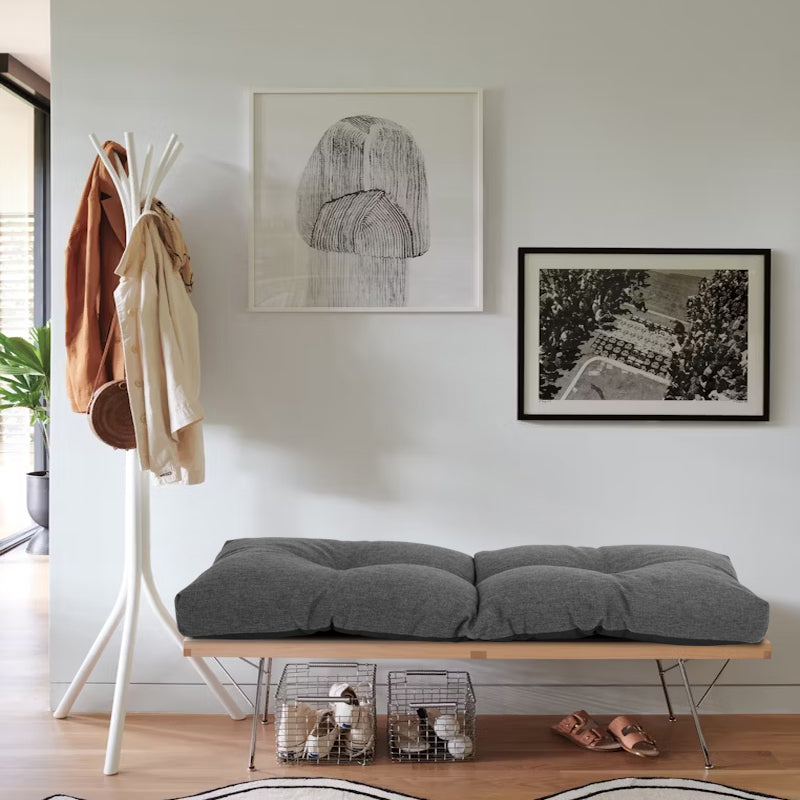

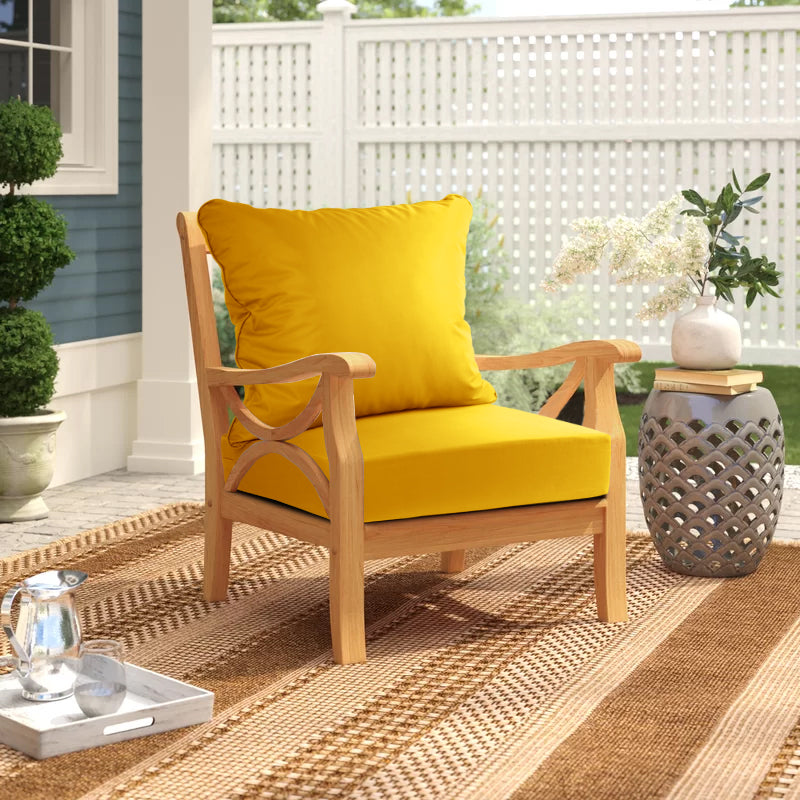
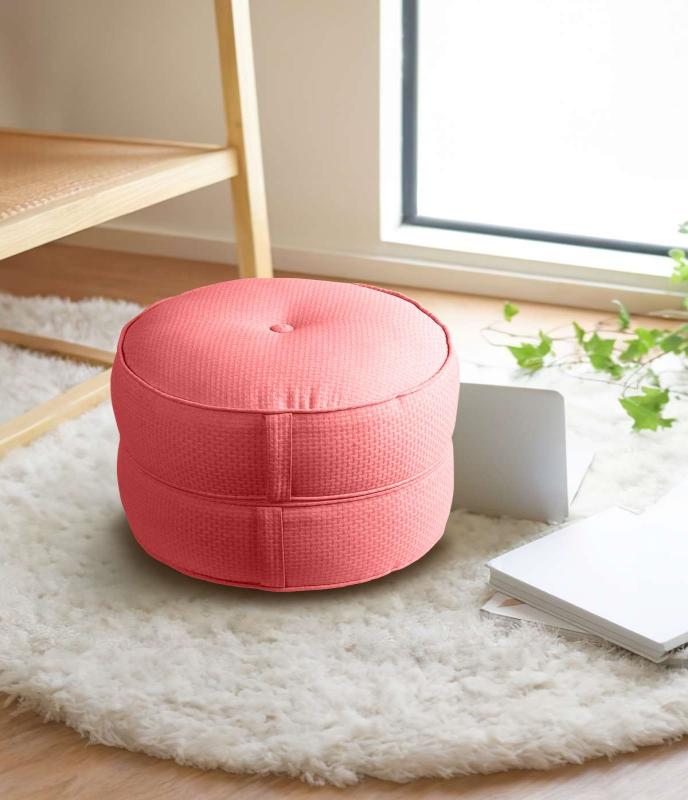
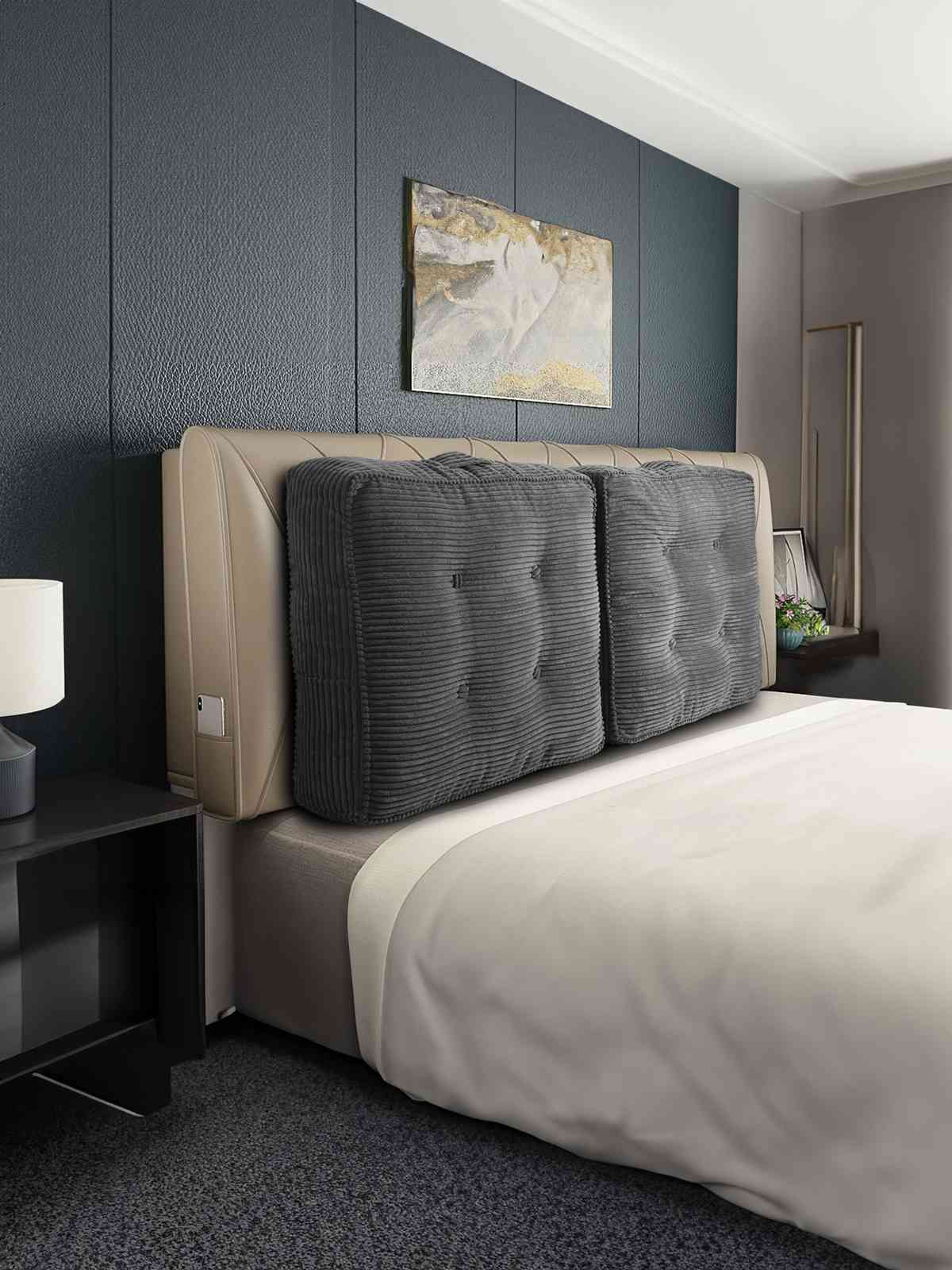
Dejar un comentario
Todos los comentarios se revisan antes de su publicación.
Este sitio está protegido por hCaptcha y se aplican la Política de privacidad de hCaptcha y los Términos del servicio.